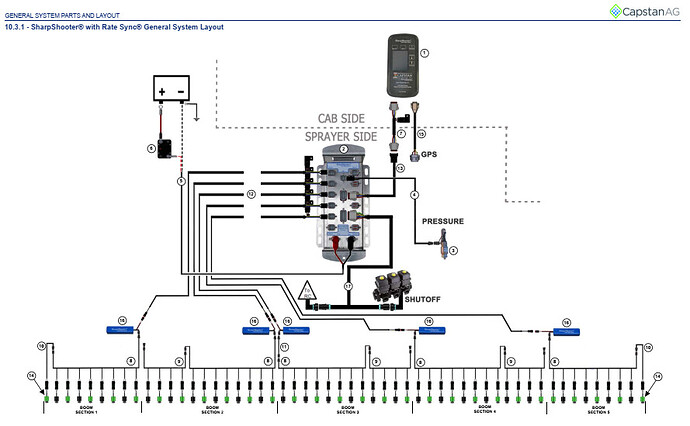Yes, same as Capstan, I have a few questions, I would be glad if you could answer, I am trying to solve the pwm nozzle system, as far as I know, the flow rate is adjusted with the pwm nozzle duty-cycle, the difference from other systems is that by keeping the pressure constant, the droplet size remains constant and the duty-cycle value changes according to the vehicle speed. control is achieved. Is there any other advantage? I am thinking of creating a system, how can I stabilize the fluid pressure when I run the system using a nozzle (example 03-blue) whose flow I know?
